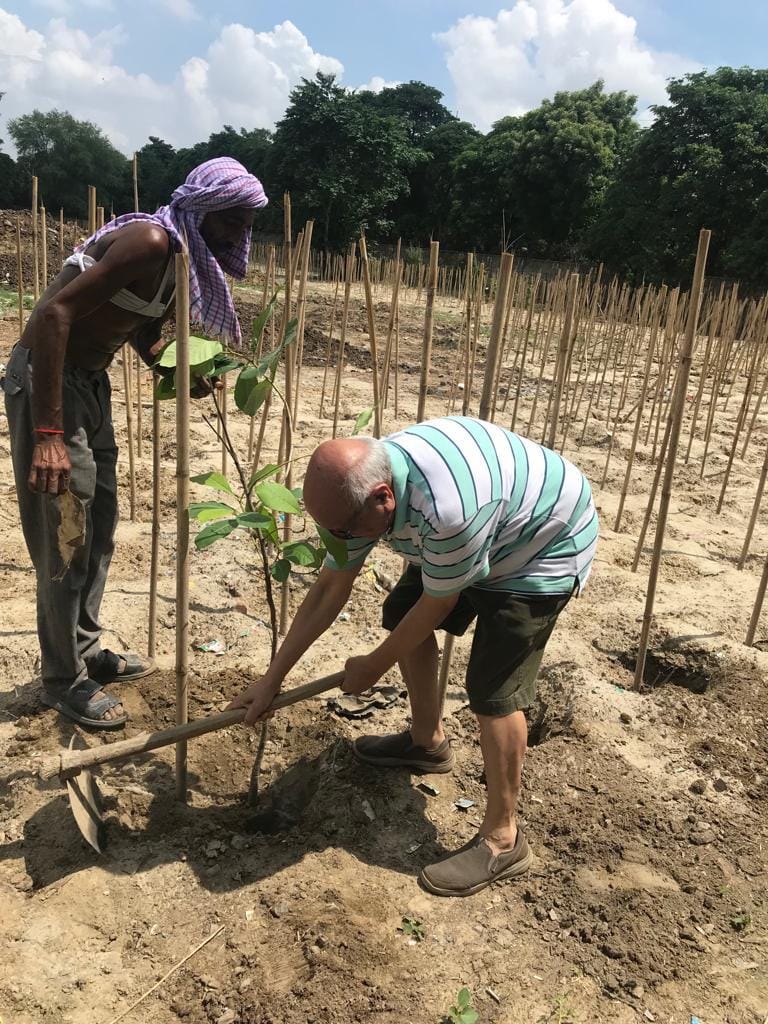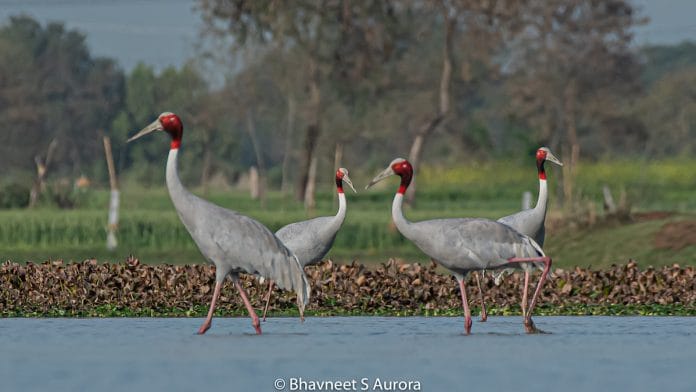In the concrete jungles of Delhi suburbs, it’s not unusual for real estate developers to promise you a personal forest of your own along with a condominium. But many would find it hard to believe that Noida, Greater Noida. Gurgaon and Faridabad have hidden forests too, some going back hundreds of years. For those planning a quick getaway to Corbett every time a long weekend turns up, NCR might actually be a great place to start. It definitely costs less, and one can even try birdwatching, according to avid birder Rohit Sharma.
Here are five NCR forests that are waiting to be not just explored but also understood and preserved.
Dhanauri wetlands, Greater Noida
A few kilometres of bumpy ride from Greater Noida is the breeding ground of Uttar Pradesh’s state bird, the Sarus crane. Located midway between Dhankaur and Thusrana villages, the Dhanauri wetland is cut into two by a road that links the villages to the city.
The moment one enters the wetlands, cries of sarus cranes and various other birds can be heard.
The forest department and the district administration of Gautam Buddh Nagar in 2019 listed 69 wetlands as being part of the area. This list includes the Dhanauri wetlands, which covers 7.5 hectares.
Anand Arya, an avid birder and conservator, has been relentlessly leading a crusade against the “utter apathy” of the government in conserving Dhanauri, and for it to be given the status of Ramsar site, which means a wetland of international importance, and declared a Sarus Bird Sanctuary.
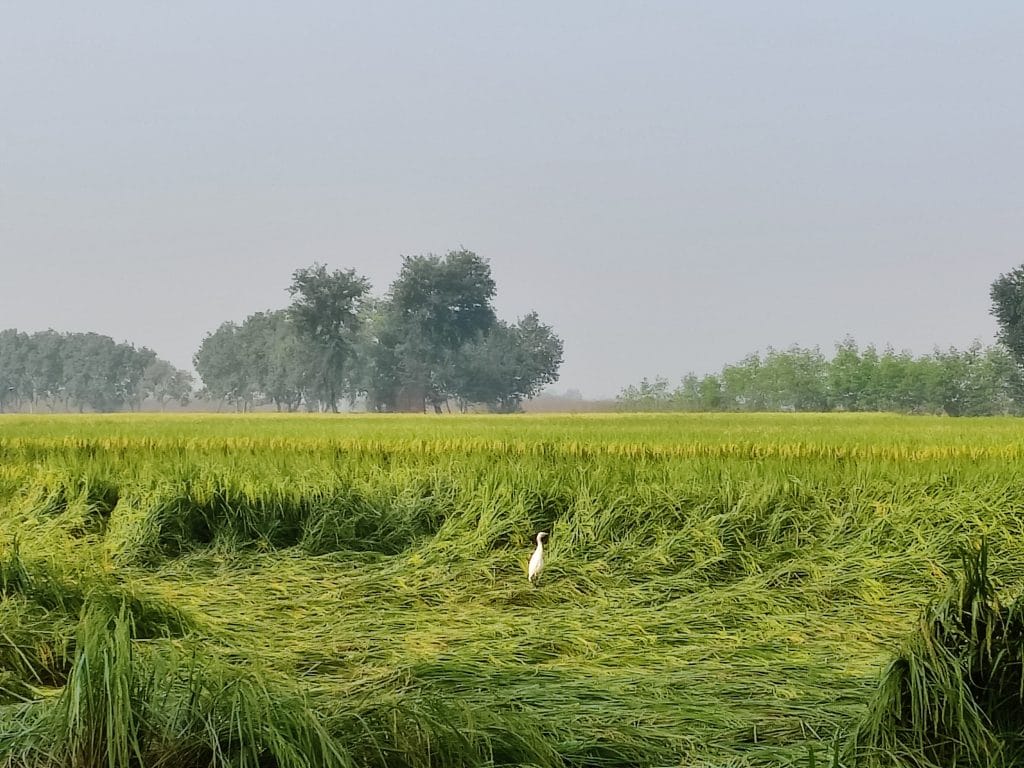
Arya told ThePrint that the process has been caught in bureaucratic entanglements, and even RTIs and letters to Prime Minister Narendra Modi have not borne fruit. Arya was among the birders to have discovered the wetland in 2014.
“It has been six years since the National Green Tribunal order to recognise Dhanauri wetland under wetland rules. But no major steps have been taken for its documentation in the process of it being turned into a Ramsar site so far,” he says.
A local villager of Thusrana, Fateh Chand Sharma, says that if the government turns the site into a sanctuary, the area too could be developed better, the wetlands conserved, and probably help provide the villagers with a source of income. “This wetland has been famous since the time of the British. And even now on weekends, many people turn up in personal vehicles to just soak in the beauty of the place,” Sharma says.
Also read: A leopard walked into Delhi’s Yamuna Park. Then an AAP minister illegally took it out
Sultanpur National Park, Gurgaon-Jhajjar
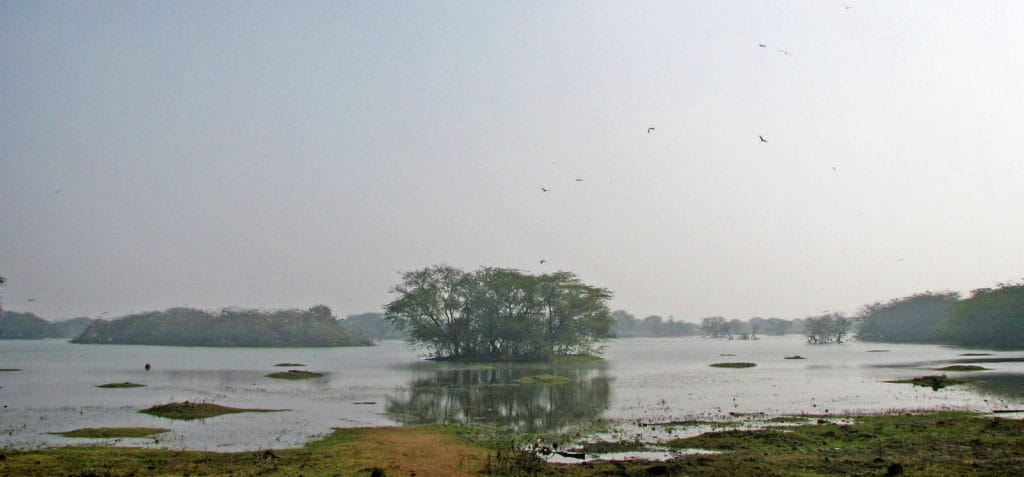
Sultanpur National Park will finally reopen in November this year after having been shut since 18 March 2020. Before the Covid pandemic, the park would remain shut from 1 June to 30 September every year for birding season.
The national park was accorded the ‘Ramsar site’ recognition in August 2021, and had a footfall of 8,00-1,000 on weekends before the pandemic. Nikhil Devesar, a birder, said Covid has been a boon for the birds. “The birds are loving it. They are nesting at places where they never did earlier,” he said. The park is known for bar-headed geese, greylag geese, pintails, common pochards, painted storks and spoonbills.
Sultanpur has always been the more ‘recognised’ forest in terms of tourist visits and accessibility. And it helps that the recognition means it is organised and tourists can plan trips and have good birding experience, even amateurs. There are four watchtowers located at different points. There are also parking, toilets and drinking water facilities. There is an educational interpretation centre to offer proper guidance to tourists.
Mangar Bani, Faridabad-Gurgaon
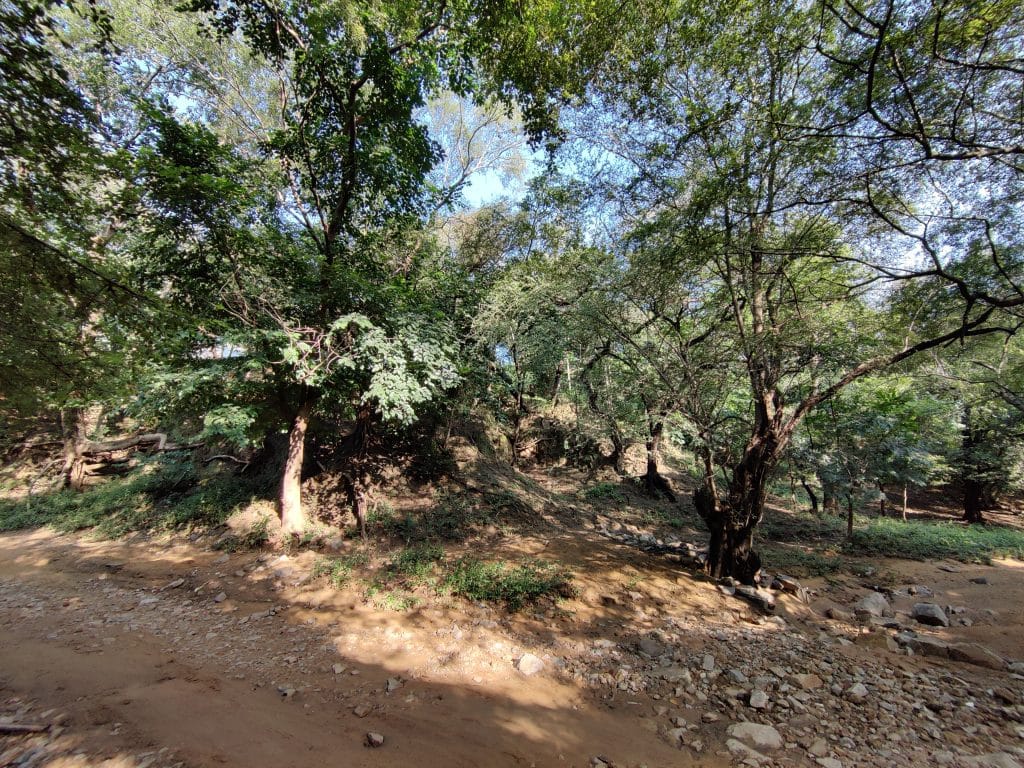
A walk through Mangar Bani may be daunting when you remember that leopard sightings are fairly common in the area. But as you spot peacocks every few metres, you begin to soak in the beauty of this forest considered sacred by local residents.
Forest analyst Chetan Agarwal, who has been working with Mangar, says that the forest was saved from the real estate eye and ‘developmental’ projects because of its sacred status. Residents say Gudariya baba, a saint-like figure, achieved his samadhi in a cave within the forest. And that spot has now been turned into a temple. On Tuesdays, villagers trudge up to the temple in large numbers to offer pujas. The forest is located at the foothills of the Aravallis.
Sunil Harsana, a local resident and associate of Agarwal, points out that man-made forests or artificial biodiversity projects can never really recreate what nature does. Plants, he says, have their own way of surviving, and there are various examples of that in Mangar. He says the Dhau tree, or Anogeissus latifolia, is a prime example of survival battles in Mangar, and how it constantly creates ‘clones’ so that it can survive changing weather as well as grazing animals.
Also read: Delhi Ridge: How it went from a colonial forest to murder scene to morning-walk garden
Bhondsi, Gurgaon
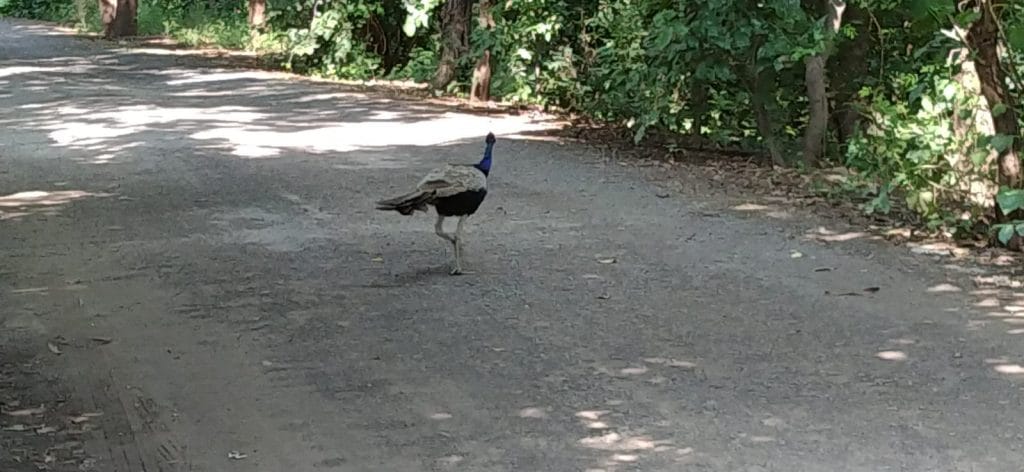
In 2017, with an aim to make people interact more with nature and wildlife, a 100-acre nature camp was inaugurated in Bhondsi by Haryana Chief Minister Manohar Lal Khattar. The camp was carved out of Bharat Yatra Kendra — a 600-acre ashram that belonged to former prime minister Chandra Shekhar.
But that plan seems to have been abandoned midway. A trip to Bhondsi shows that all that remains of the nature camp are images of birds hung up every few metres, mostly of those that are usually spotted in the area. A forest official, who did not wish to be named, said that they are resuming work now. Bhavneet Aurora, a birder who lives near the farm also corroborated that there is no infrastructure in the area.
The forest is home to fire-capped tits (very rare sighting and recent), white-breasted waterhens, red-wattled lapwings, white-throated kingfishers, rufous treepies, and jungle babblers.
The forest is easily accessible by road, but with no direction, it might be difficult to spot birds, unless you are a birder. The spot also seems to be popular for those wanting to ‘grab a beer in nature’ — a car of men doing exactly that was spotted by ThePrint.
Also read: From January to June, wildlife board gave permits that can be ‘disastrous’ for protected areas
Man-made forest of Sector 47
In Sector 47 of Noida, a women-led group came together to not only reduce waste creation and dumping, but also to create a unique forest. Deepa Bagai, an ex-IAS officer and part of the women’s group who was instrumental in creating this forest says, “We planted it following the Miyawaki technique, where you get a 100-year-old forest in ten years. Multiple local species are planted very close to each other so that they grow tall instead of wide and form thick jungle-like canopy very quickly.” The forest is now two years old, and Bagai says that even the forest department can’t believe its health, growth and survival rate.

